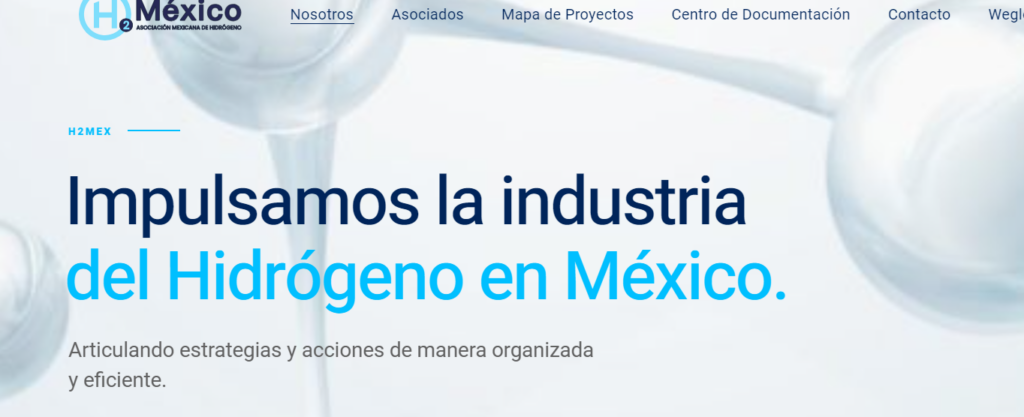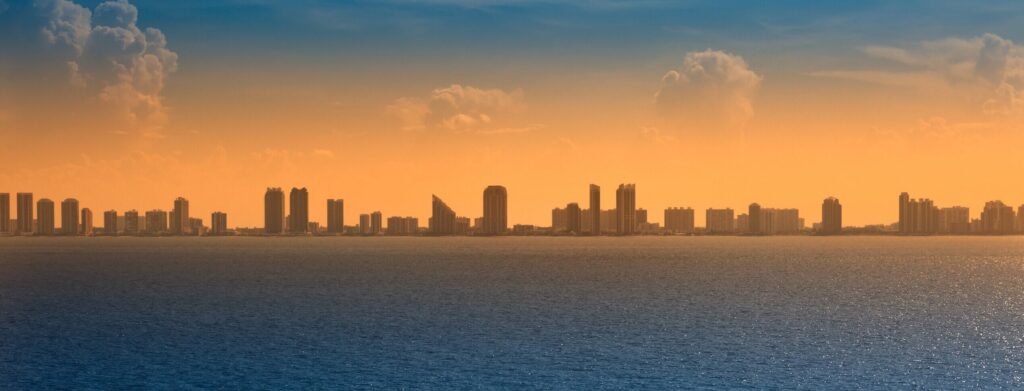Interview: KKR Digital Infrastructure leader discusses Latin American strategy
Global investment firm KKR’s 24 January announcement of its acquisition of a 1,100-tower portfolio in Colombia was the latest piece of a Latin American digital infrastructure strategy that’s been in the works for at least seven years. Infralogic’s Americas Managing Editor Jonathan Carmody spoke to KKR Partner and Americas communications lead Waldemar Szlezak about how the firm’s strategy in the region has evolved over that time.
Until NYSE-listed KKR agreed to buy Millicom subsidiary Tigo’s 1,100-tower portfolio, the asset manager had focused most of its attention on building out a Latin American fiber-optics business centered around the company’s ON*NET fiber companies, which has been active in Chile, Colombia and Peru.
KKR Partner and Americas communications lead Waldemar Szlezak, who focuses on telecoms and digital infrastructure investments including, among others, mobile, fixed line, and compute and storage, told Infralogic in a recent interview how the tower portfolio acquisition and the creation of its regional digital infrastructure platform NEXO LatAm fit into the investor’s digital infrastructure strategy.
“Many infrastructure investors have jumped on the digital infrastructure train, but KKR’s focus is on mission critical infrastructure, across both networks and industries, that will contribute to the next phase of bridging the global digital divide and what has often been referred to as the next industrial revolution,” Szlezak said. “KKR tries to be strategic as a franchise by forming partnerships with leading corporates as well as through direct thematic investments via different mechanisms.”
Szlezak said that, unlike in other transactions, KKR’s approach incorporates a convergence across themes by including both fixed-line and mobile infrastructure, as well as providing connectivity to compute and storage facilities like data centers, and by controlling and operating this infrastructure, which is mission critical to the operators.
“As KKR sees it, these highly bespoke structures offer similar, if not more attractive in many cases, tower-like economics, but it makes sense to be a vertically integrated operator and be in the passive layer of the mobile towers business as a natural extension of operating the active layers of fiber infrastructure,” he said. “NEXO is moving and continuing to grow in fiber and other business lines, possibly entering the edge computing sector and expanding further into more towers, which are a natural fit,” he added.
KKR formed an initial relationship with Telefónica back in 2017 when it acquired a 40% stake in Spanish telecom company’s affiliate Telxius – that deal came with 16,000 telecommunications towers in Germany, Spain, Brazil, Peru, and Chile, as well as 65,000km (40,389.13 miles) of submarine fiber-optic cable. KKR also sees towers as an elegant business model. “It’s passive, you don’t run the equipment and, while there are barriers to entry, you essentially just collect the revenues the tower sites produce,” Szlezak said.
In 2021, Telefónica started a push to upgrade its fixed-line infrastructure in the Latin American region – which KKR saw as a first mover advantage as the company was open to the sale and leaseback of some of its assets helping to facilitate the upgrade of its legacy (copper) networks, Szlezak said. “Together, we have a commitment to build out the next generation of fiber infrastructure, full-fiber state-of-the-art open-access wholesale networks that supports both fixed and mobile infrastructure.”
The commitment involved the sale and leaseback of fiber infrastructure in Chile and started at around 2 million homes with a commitment, on both sides, to build out an additional 2 million-3 million homes as well as connecting tens of thousands of businesses, towers and small cells. “Under the agreement, KKR obtained a 15–20-year, inflation-indexed, take-or-pay contract with Telefónica for the fiber assets and created an open-access network in the country, the first of its kind in region,” Szlezak said. “We wanted to help facilitate faster and more efficient bridging of the digital divide in the region by unlocking the infrastructure that serves the operators, consumers, and businesses, through quality of service and lower costs.”
Regional expansion
The agreement spilled over into Colombia one year later and then also into Peru.
NEXO, now one of the largest fiber operators in the LatAm region, according to Szlezac, now covers 10 million homes, with 60% of those acquired and 40% of those built under the partnership. The company has grown in size approximately three times since inception in 2021, with a build-out plan to cover an additional 5 million organic homes. The company currently serves around three million subscribers, has around 70,000 mobile backhaul or B2B fiber links with over 85km of fiber deployed, and with key customers, such as Telefónica, Entel, Vrio – DirecTV’s Latin American branch – and other regional internet service providers and operators.
The NEXO business model also centers around edge computing. “It’s a fiber centric play because it requires building infrastructure close to the ultimate eyeballs, with central offices and node deployments,” Szlezac said.
“We have made a lot of progress in terms of expansion. Initially, our fiber was passing little over 2 million homes but now it’s passing close to 10 million and we’re executing at a rate of about 100,000 more per month in each market on average. Anyone elsewhere in the world would be very proud of this remarkable pace of deployment on time and in cost effective manner,” Szlezak said. “We’re importantly also filling the network: by enabling access to state-of-the-art infrastructure, Telefónica’s market share has increased and it’s easier to scale up and grow, as KKR has built assets on time and on budget, outperformed delivery to customers and incorporated important third-party tenants. We onboarded Entel in Chile and the second largest customer is now DirecTV in both Chile and Colombia as well as other smaller regional ISPs and operators.”
Szlezak said that the group is in discussions with other operators about joining the networks as customers as well as supporting their growth needs by expanding the network.
In Peru, KKR is introducing two competitors onto the network on day one after the transaction closes rather than adding them later and is providing connectivity to communities across Peru. “We believe this is an important milestone for the country in helping to further investments in not only fixed line but supporting mobile, 5G and cloud-computing deployments,” Szlezak said.
“With fiber in the region, we like the open-access model, providing the lifeline of the business. Operators of the sale-leaseback and/or costumers of the network are not just maximizing price, equal if not more important is entrusting the networks to trusted and highly capable counterparty to build and importantly operate it serving not only their retail customers – fiber to the home – to business and to towers or small cells, which is obviously complimentary.”
KKR declined to disclose the amount of capital it has invested across Latin American digital infrastructure but KKR Global Infrastructure Investors III raised USD 7.4bn and KKR Global Infrastructure Investors IV raised USD 17bn. The initial investments in the fiber assets were made out of funds three and four, but the investment across funds shows KKR’s conviction to the strategy, Szlezak said.
Growth and synergistic opportunities
“We have five main objectives: to bring multiple customers onto the networks, grow the networks, operate with high degree of reliability, support bridging the digital divide and maximize value for all around the table. We’re able to branch out into highly accretive markets, which tend to be OECD markets, and we thought these were those best suited for our funds.”
When asked about other possible investment destinations in the region, Szlezak said that KKR is always evaluating other inorganic opportunities, but the bar is different depending on the markets. “The firm is monitoring Brazil and Mexico but they have unique opportunities and challenges that one has to consider carefully,” he said.
He added that there’s an opportunity for expansion into ancillary digital infrastructure models. “There are two business models that are very interesting in the Latin American region, hyperscale data centers – a sector KKR has previously participated in through its portfolio company Cyrusone when it co-owned Latin American data center platform Odata – which could see us expand CyrusOne’s strategy into the region from the USA, or something new and dedicated,” he said.
KKR also owns Global Technical Realty and a stake in Singtel Data Centers in Asia, which might be able to find synergies.
“KKR is well integrated as a franchise across geographies and various strategies, like private equity; infrastructure; credit; etc., and we can leverage our capabilities in other markets to create best practices and efficiencies. The fiber franchise will cover 25 million homes passed globally in the next couple of years, which means we can think more like a large strategic and find efficiencies to have a best of class offering.”










